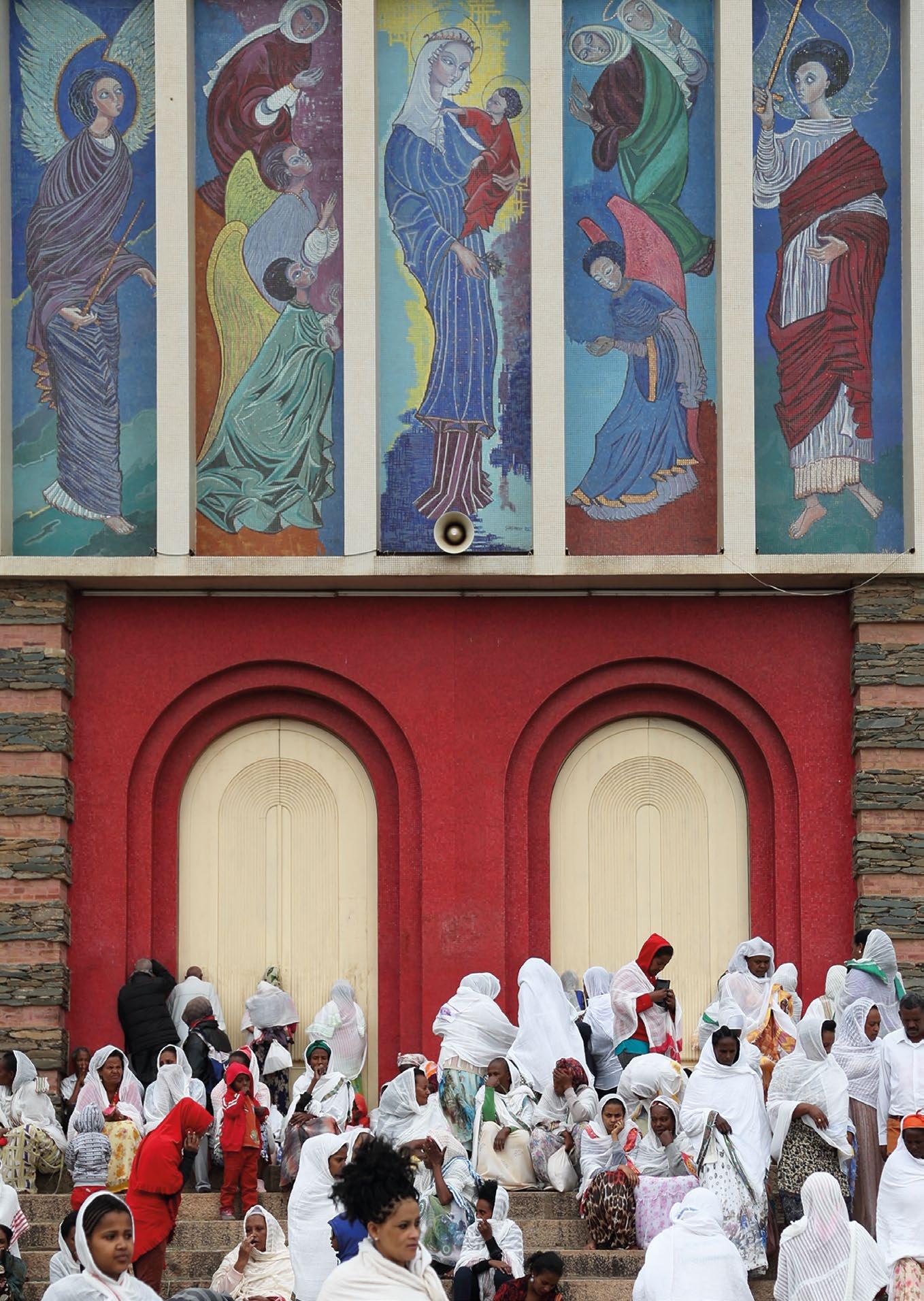
2 minute read
Architecture and Historic Urban Environments MA
Programme Director: Edward Denison
We are living in a time of planetary crisis. Last century’s ‘great acceleration’ and rapid urbanisation have placed enormous pressures on cities and their built heritage. For architects and other built environment professionals, this presents unique challenges in a world that has already largely been constructed. Rising to these challenges, this programme promotes a fresh and critical approach to creative interventions at all scales, aimed at reinterpreting, rejuvenating and rethinking historic urban environments in the 21st century. Students examine cities from around the world, using London as an outstanding laboratory for learning. Working alongside historians and researchers from the Survey of London team, students learn the processes of urban surveying, recording, mapping and analysis alongside urban strategies and key issues concerning urban and cultural heritage. Excerpts included are taken from the ‘Survey and Recording of Cities’ and ‘Issues in Historic Urban Environments’ modules as well as the final Dissertation. In tandem with developing a robust theoretical and practical understanding of different sites and critical methods, students have the opportunity to develop their own design practice, thinking creatively about how historic urban environments might thrive sustainably in an uncertain future. The design work shown is taken from the Design Research and Practice modules and the Major Project. This year, students have investigated spaces for making. London has a rich history of light manufacturing, creativity and the arts which has consistently shaped its social and built fabric and its urban grain. For logistical and legislative reasons these activities historically lined the Thames and the original city walls. Over recent centuries, creative and light industries have radiated away from the centre and into the city fringes. However, since the beginning of the 21st century, the UK has witnessed an explosion of co-making, makerspaces, and community workshops. Recognised as sites of civic and social innovation, creativity and learning, makerspaces are increasingly held up as a potential game-changer for design, entrepreneurship, fabrication, manufacturing, and technological innovation. Many believe they can lead the transition to more sustainable forms of production and consumption, and provide solutions for economic recovery. The maker movement has transformed into a global ecosystem for prototyping. In the design modules, students have investigated contemporary architectural solutions, urban conditions and social, economic and cultural practices, and proposed creative interventions that challenge, reinterpret, and reuse the historic environment. In their Major Project, students have drawn upon the work carried out over the course of the year to produce an original piece of research in the form of proposals and provocations sited anywhere in the world.



